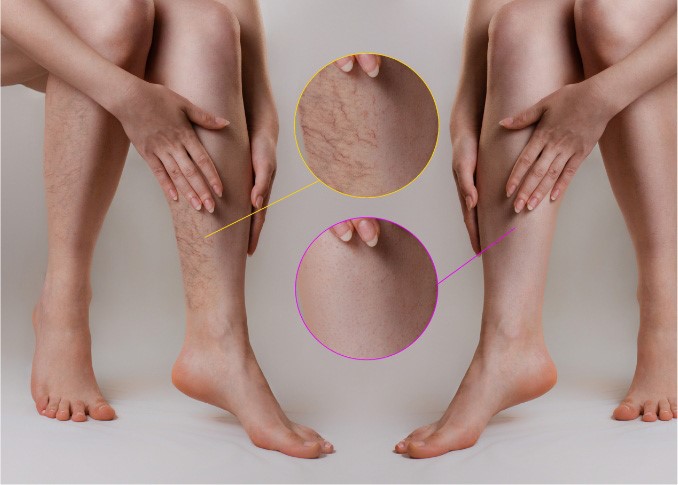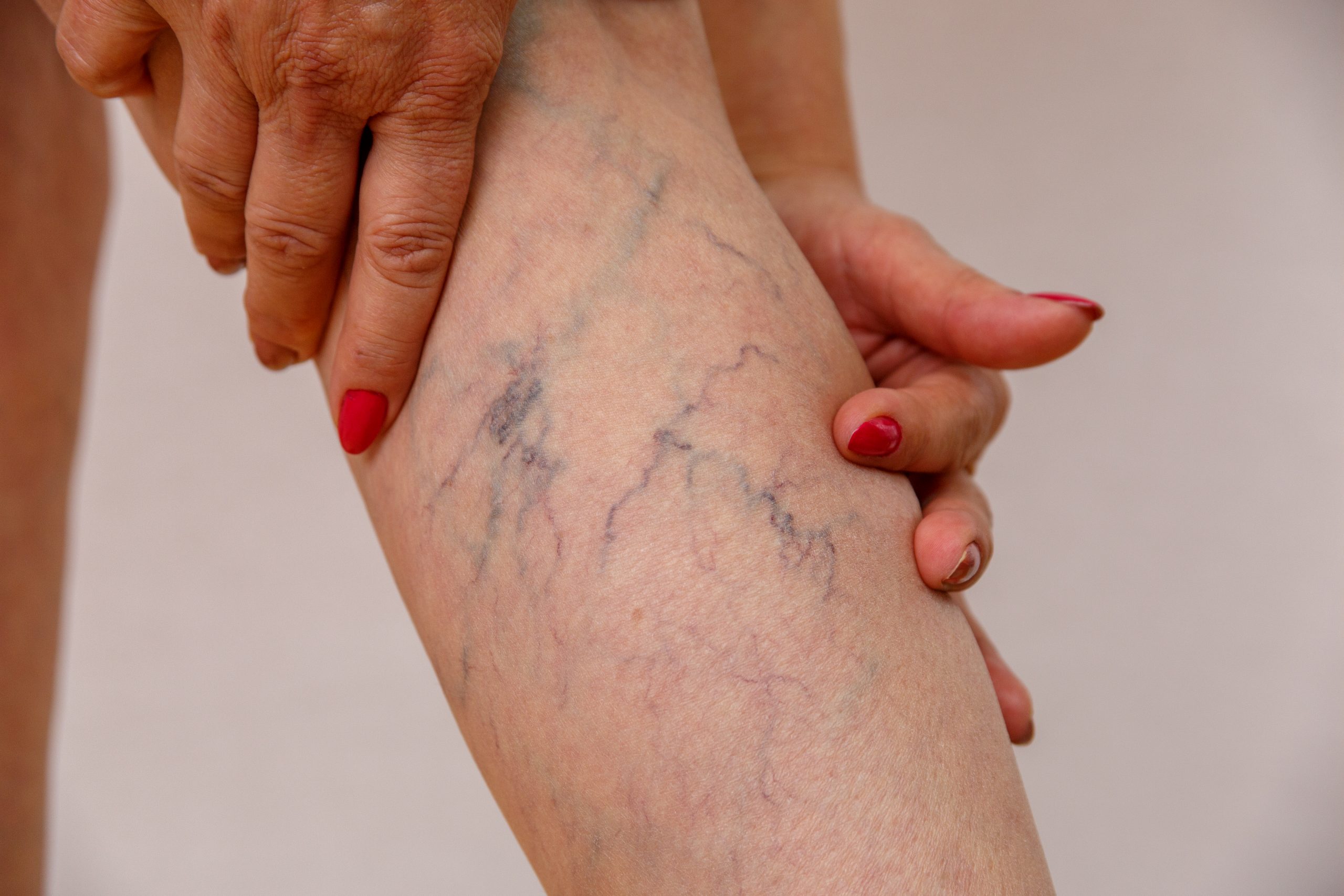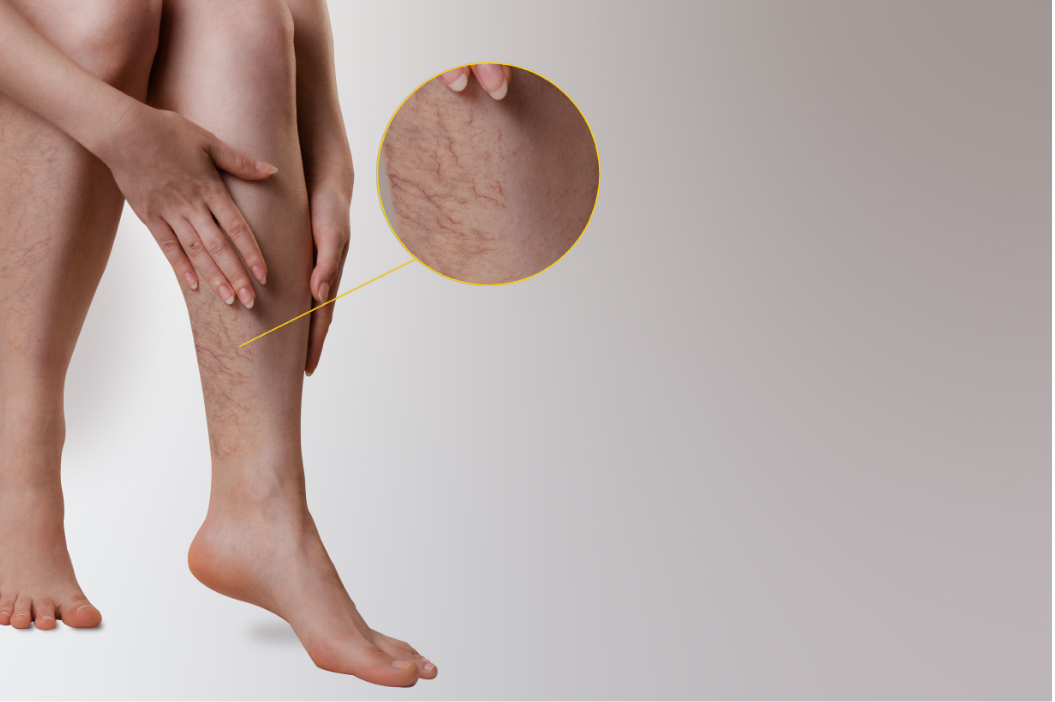
When most people think of varicose veins, they think of unsightly, blue or purple lumps under the skin that can be seen just under the surface.
But even though they may look ugly, varicose veins are more than just a cosmetic problem. In fact, varicose veins can cause a lot of discomfort. So, let’s take a closer look at these fascinating veins and explore what is the latest treatment for varicose veins, is having varicose veins removed worth it and what treatment options are available.
Varicose veins without surgery
How can I get rid of varicose veins without surgery? Regular exercise improves blood circulation in the legs, which helps move the blood collected in the veins forward. Exercise also helps lower a person's blood pressure, another contributing factor to varicose veins.
Exercises with little impact aid in activating the calf muscles without causing undue strain. Effective, low impact exercises include:
● swimming
● walking
● cycling
● Yoga

When to see a vascular doctor, while you feel the spider vein in your leg.
● Your legs hurt when you walk.
● Your legs are swollen, aching, and discolored, and ulcers or wounds are developed.
● All of a sudden, one side of your body is tingling, numb, and weak, and your vision is blurry. You may also feel confused.
● You feel a sharp pain in your back and abdomen.
What is the latest treatment for varicose veins?
If home treatment doesn't help, some procedures can treat varicose veins. These include:
● Laser treatment.
Varicose veins can be destroyed and scarred with laser energy. This is called ablation.
○ Simple laser therapy is used to treat small veins close to the skin, such as spider veins. The laser is used outside of the skin.
○ An intravenous laser fiber is used in endovenous laser treatment. A vein that has had laser ablation inside of it closes.
● Ligation and stripping.
The varicose vein is cut (incision formed over it), and the vein is removed (stripped) and tied off (ligated).
● Phlebectomy.
The varicose vein is removed by making multiple microscopic incisions in the skin. This is also called stab avulsion.
● Radiofrequency treatment.
Radiofrequency energy is used inside a vein to scar it and close it off. It can be applied to seal off a leg's big varicose vein.
● Sclerotherapy.
An injection of a chemical damages and scars the vein's internal lining, causing the vein to close in a varicose vein. This usually works best for small veins.

All of these procedures can scar or discolor the skin.
Do Spider Veins Come Back After Laser Treatment
One of the most common questions is, "Do spider veins come back after laser treatment?" Unfortunately, the answer to this question is "yes," especially if you seek laser therapy for spider veins from medical spas and other cosmetic centers. However, while laser therapy has a very high rate of spider vein recurrence, you can opt for other, more extensive treatments with negligible rates of spider vein recurrence.
Is having varicose veins removed worth it
Is it worth getting varicose veins removed? Millions of people worldwide suffer from the common ailment known as varicose veins. Despite the fact that they are frequently thought of as merely cosmetic issues, they can also result in a variety of symptoms and, in certain situations, grave consequences. Therefore, it is important to consider various factors when deciding whether to remove varicose veins.
Symptoms
Varicose veins can cause various symptoms, including pain, swelling, fatigue, itching, and cramping. It could be worthwhile to consider treatment if your varicose veins are significantly bothering you or interfering with your everyday activities.
Quality of Life
Your quality of life may also be greatly affected by varicose veins. They may affect your ability to stand, sit, or walk for extended periods and cause embarrassment or self-consciousness. If your varicose veins are negatively impacting your emotional or social well-being, treatment may be worth considering.
Make an appointment
If you are experiencing any vein issues, scheduling an appointment at a reputable vein treatment clinic is important. The board-certified vein doctors will assess your situation and recommend the best treatment. Vein specialist will customize the therapy to meet your unique needs, and there are various vein treatment alternatives available.


Load more comments